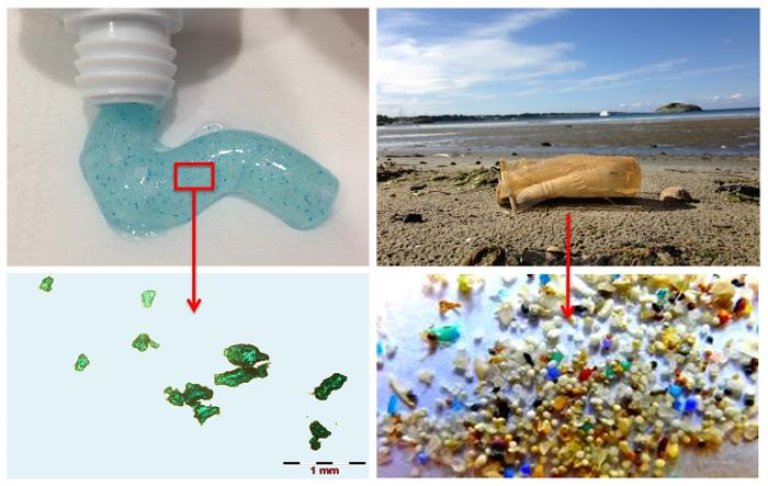
95% of Fulmars in the North Sea Had Plastic in Their Stomachs
The use and production of plastic has increased dramatically over the past 65 years. Plastic is used in many everyday products that improve the quality of life globally, yet around 50% of the plastic produced is used in disposable products that generate a substantial amount of waste. Plastic litter, arising from the inappropriate disposal of plastic products, is a major global problem.

Very small plastic particles (<5 mm), so-called ‘microplastic’, occur due to the release of manufactured microplastics in various products and the breakdown of larger plastic litter.
- Microplastics are ubiquitous in the world's oceans and they have been found in both the Atlantic and the Pacific oceans and their adjacent seas, in both coastal areas and offshore, says Inger Lise Nerland, PhD student at the Norwegian Institute for Water Research (NIVA).
The proportion of samples containing microplastics ranges widely, but most studies have found microplastics in the majority of the samples collected (i.e. > 60%). Much of the debris found on sediment is plastic (up to 96%) with sediments and beaches being a sink for microplastics.
From pole to pole
Organisms are known to ingest microplastic particles, and many commercially important marine organisms are known to contain microplastics. Plastic debris pollutes oceanic habitats from pole to pole: they are found in the open ocean, on shorelines of even the most remote islands and in the deep sea. At global scale several studies identified large-scale convergence zones of plastic debris due to the major ocean currents. High concentrations of microplastics have been found at five oceanic gyres (North Atlantic, South Atlantic, South Indian, North Pacific and South Pacific), and in addition predicts a hitherto unreported patch in the Barents Sea.
- The great spatial heterogeneity of microplastics at large and mesoscale (10s of km) makes it difficult to extrapolate local monitoring data to larger areas, Nerland explains.
Long-term monitoring is required to monitor the load of microplastics in the marine environment, however such data are scarce. Attempts to balance the quantities of plastic discharged with those measured highlights a 100-fold difference between measured and predicted loads as well highlighting an important gap in the size distribution of floating plastic debris.
Double hazard
Plastic also contains additives, chemicals added to improve the desirable properties of the plastic product. Many of these additives are known hazardous substances and can leach from the plastic surface. Once released into the environment, plastics can also accumulate known persistent organic pollutants (POPs). Surveys of contaminant in plastic particles collected from beaches suggest that concentrations measured may be representative of the environment these particles were sampled from.
- Plastic particles have the potential to act as vectors for the transport and release of sorbed contaminants and additives, Nerland says.
While transfer of contaminants from ingested plastic particles and debris into organisms has been demonstrated in laboratory exposures, it is at present uncertain whether contaminated plastic present in the environment can affect contaminant bioaccumulation into marine organisms.
- It is however clear that marine organisms ingest microplastics, and that laboratory experiments show that this can result in harm, Nerland says.
- To our knowledge there are no documented reports of direct effects of microplastic ingestion on wild organisms. The effects of microplastics on marine organisms are typically sub-lethal, such as reduced feeding and increased uptake of certain contaminants (e.g. polychlorinatedbiphenyls).
Laboratory exposure to microplastics shows negative impact such as a reduction in the growth of marine worms and changes in gene regulation in fish.
There is a lack of data on the levels of microplastics present in the Norwegian environment and there is an urgent need to evaluate the extent of microplastic pollution around the coast of Norway and Spitsbergen.
9 of 10 fulmars exposed
What is clear is that northern fulmars (Fulmarus glacialis) are consuming plastics. Recent findings suggest that 95% of northern fulmars in the North Sea had plastic in their stomachs and that 58% contained levels above the 0.1g identified as an OSPAR Commission environmental quality objective.
With respect to the Norwegian coast and specifically the Skagerrak, 50% of investigated northern fulmars contained levels above 0.1g.
